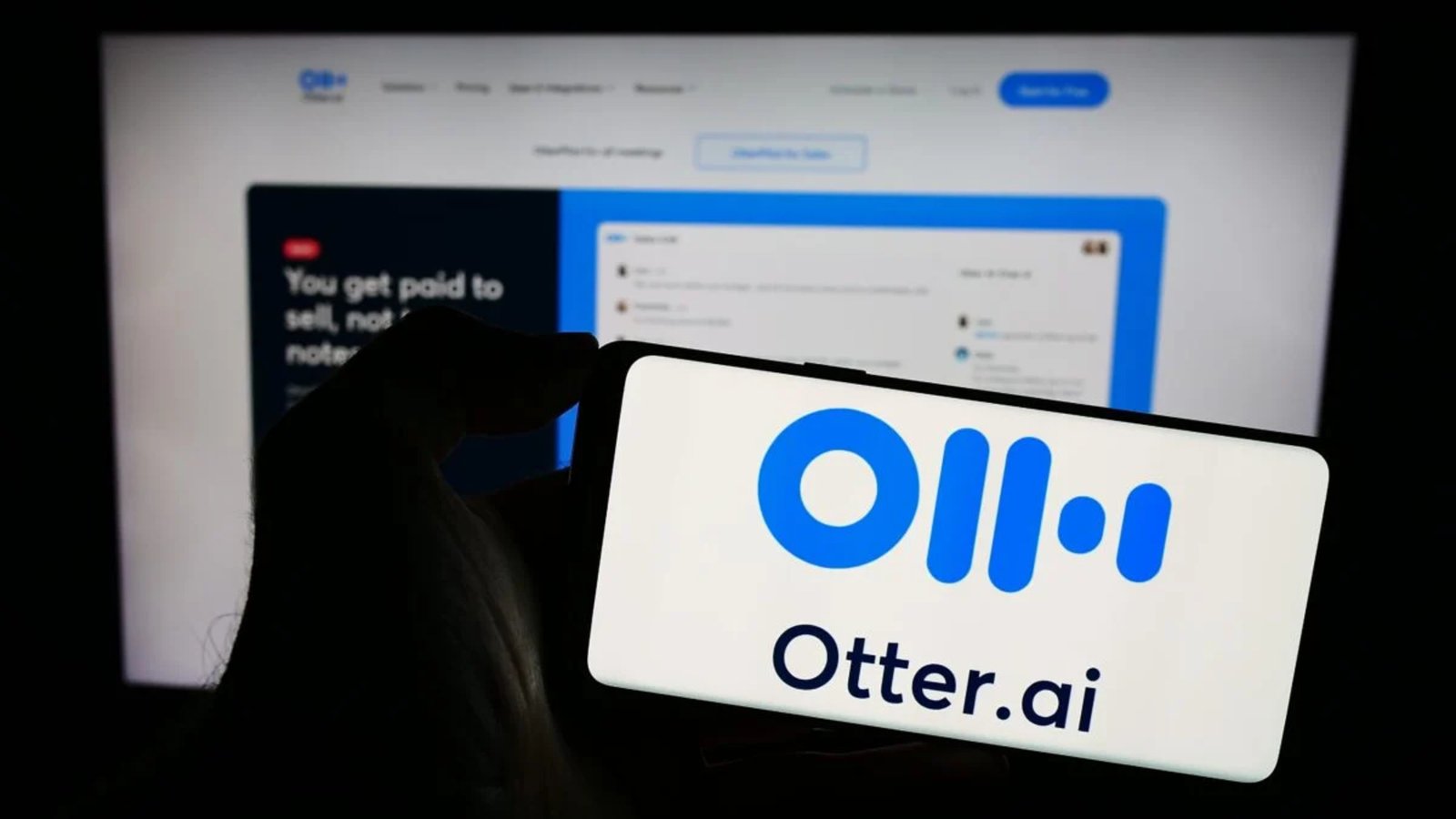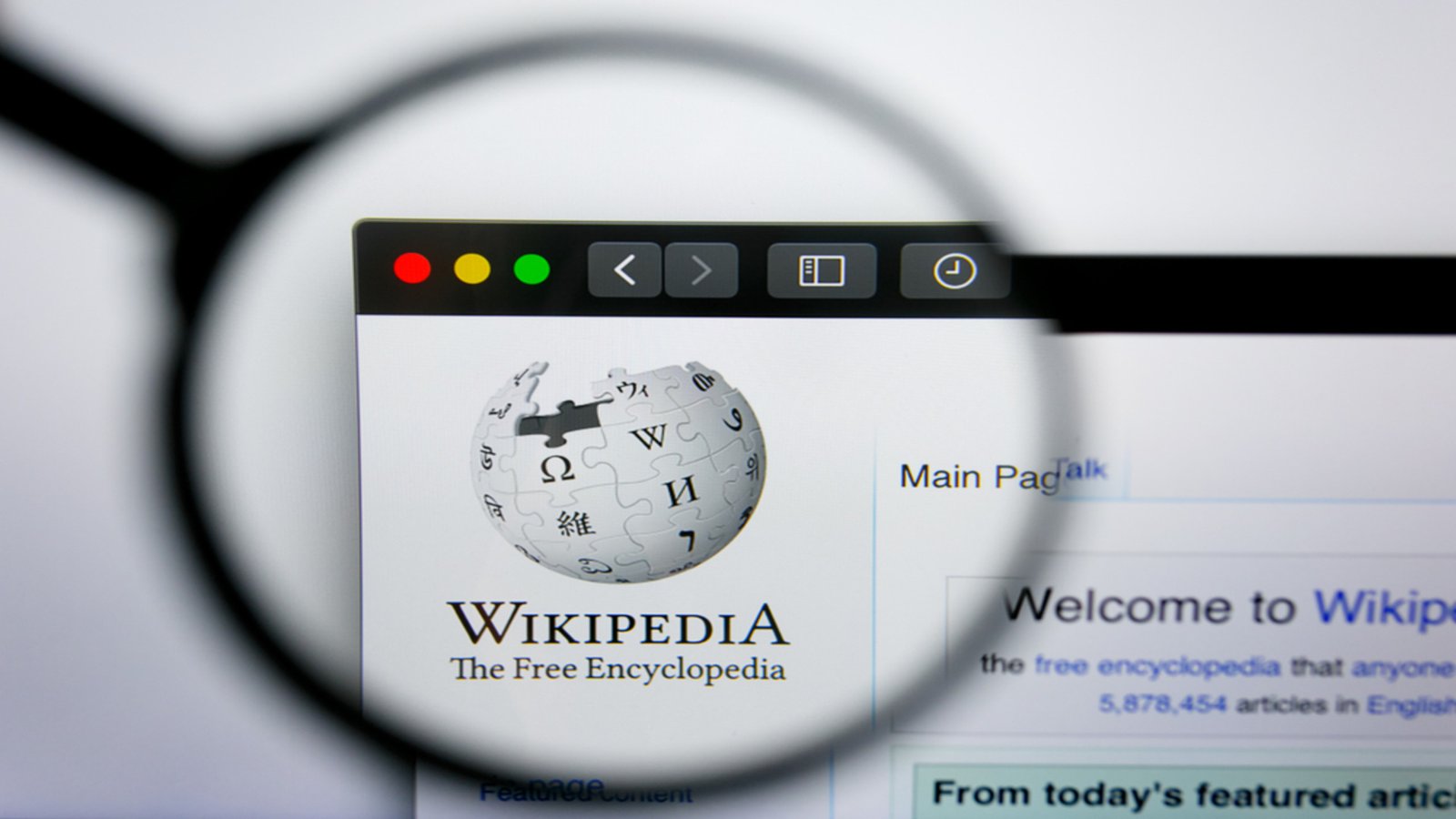As global trade tensions escalate under the second Trump administration, the U.S. pharmaceutical and clinical research industries are bracing for impact. A new wave of proposed tariffs threatens to raise the cost of critical components, from active pharmaceutical ingredients (APIs) and lab reagents to diagnostic devices, with potentially serious implications for R&D pipelines, drug pricing, and the broader pharma ecosystem.
The Tariffs
- In April 2025, the Trump administration announced the imposition of reciprocal tariffs on all imports into the United States. While pharmaceutical products were initially exempt, medical devices were not, raising immediate concerns across the clinical and research sectors.
- In May 2025, President Trump stated that all U.S. trading partners would face tariffs ranging from 10% to 15%. The 10% rate is designed as the zero baseline, effectively eliminating duty-free access for any country under the new regime. The administration framed the policy as a means to rebalance trade flows, incentivize domestic manufacturing, and respond to national security concerns.
- On July 23, in a major development, President Trump announced that reciprocal tariffs could now range from 15% to 50%, depending on the U.S.’s assessment of its relationship with each trading partner.
- He has also threatened tariffs of up to 200% on pharmaceutical products, warning that drug companies would have 12 to 18 months to bring manufacturing back to the U.S. or face the full brunt of tariff exposure.
- A formal deadline of August 1, 2025 has been set. Although the administration has left the door open for negotiation beyond that date, August 1 remains the legal trigger for the tariffs to begin applying.
The Pharma Industry At Risk
For the pharma and clinical trials industry, the tariffs present an acute risk. Major supply categories may fall squarely within the scope of the proposed tariffs, and even sectors previously exempt, like pharmaceuticals, are now being openly considered for aggressive tariff hikes.
It is estimated that a tariff of just 25% on pharmaceutical imports would drive up U.S. drug prices by almost $51 billion annually, as per research conducted by the Pharmaceutical Research and Manufacturers of America.
Tariffs targeting China are especially impactful, given the country’s dominance in the global pharmaceutical supply chain. The U.S. has raised tariffs on some Chinese imports to as high as 145%, and these actions have already introduced significant cost and supply chain disruptions, especially considering that nearly an estimated 14% of U.S. marketed medical devices are manufactured in China.
Legal Basis
These tariffs are being proposed under Title III of the Trade Act of 1974 (Sections 301–310, 19 U.S.C. §§ 2411–2420), commonly known as “Section 301,” which empowers the Office of the United States Trade Representative (USTR) to investigate and respond to unfair foreign trade practices or violations of U.S. trade agreement rights.
While Section 301 allows for the imposition of tariffs or other trade remedies, such actions, particularly when taken unilaterally and outside the formal dispute settlement system of the World Trade Organisation (WTO), may draw scrutiny under international trade law.
In the current case, concerns have been raised that the new tariffs are being pursued without a formal adjudicated finding of discrimination or IP-related harm, raising questions about their consistency with WTO obligations.
Legal Precedent
Since the creation of the WTO in 1995, the U.S. traditionally used Section 301 to build cases for WTO dispute resolution, rather than to unilaterally impose tariffs. That changed under the first Trump administration.
Between 2017 and 2021, the U.S. initiated six Section 301 investigations. Two led to tariff actions – one against China and another against the EU.
- In 2018, after a USTR investigation into China’s forced technology transfer and IP practices, the U.S. imposed tariffs of 7.5% to 25% on roughly $370 billion in Chinese goods (including some pharma-related inputs). Those tariffs are still in place.
- In 2020, tariffs were imposed on select EU imports in response to a WTO ruling on illegal EU subsidies to Airbus, though those duties were suspended in 2021 as part of a negotiated settlement.
The Biden administration largely maintained this approach. In May 2024, following a statutory four-year review, the USTR found that many of the practices identified in 2017 with respect to China persisted, especially increasingly aggressive cybertheft and IP violations. Tariffs were therefore maintained and expanded, including new duties on products like electric vehicles.
The Impact on Pharma Players
Pharma industry players fear a surge in the cost of pharmaceutical inputs, including essential medicines, equipment components, diagnostic equipment, and many more if high tariff rates are imposed. These increased input costs may cascade through the clinical trials value chain, placing immediate financial pressure on sponsors, hospitals, and biotech firms.
Early-phase clinical trials, which are particularly sensitive to material and logistics costs, have reportedly seen cost increases of up to 8%, directly linked to tariff-related price hikes since 2018. More broadly, per-patient clinical trial expenses in the U.S. have risen by approximately 12% since 2023. What remains to be seen is how the new tariffs will further affect these numbers.
This financial strain will hit small and mid-sized biotechs the hardest. Many are already reassessing their R&D budgets, scaling back development pipelines, or delaying trial launches altogether.
A Global Reorienting of Manufacturing
To contain costs and reduce tariff exposure, many sponsors are now reassessing their global manufacturing strategies. With China accounting for over 80% of API production and 50% of generic drugs used in U.S. trials, dependency on Chinese suppliers has become a liability.
Recent legislative developments, including the proposed BIOSECURE Act in the U.S., are accelerating this reassessment. The bill would prohibit federal funding to companies partnering with manufacturers deemed high-risk, chief among them WuXi Biologics and WuXi AppTec, two China-based CDMOs heavily relied upon by the biotech industry.
Many firms are now considering to shift manufacturing away from China, with India emerging as the next best option. The threat of tariffs has also led to a spike in onshore manufacturing agreements within the USA.
Looking Ahead
The latest tariffs seem to be a clear sign of U.S. intent to reassert trade leverage and manufacturing self-reliance. For the pharmaceutical and clinical research sectors, the risks are real, but so are the options to restructure supply chains, diversify sourcing, and invest in decentralised trial infrastructure.
Whether the most aggressive proposals (such as tariffs of up to 200%) will ultimately take effect remains to be seen. But the message is clear: trade policy has become a front-line issue for the pharma industry, and companies that fail to adapt may find themselves priced out or left behind. For those navigating this shifting terrain, consultation with a pharmaceutical attorney is becoming not just useful but essential.
Authors: Shantanu Mukherjee, Varun Alase








































